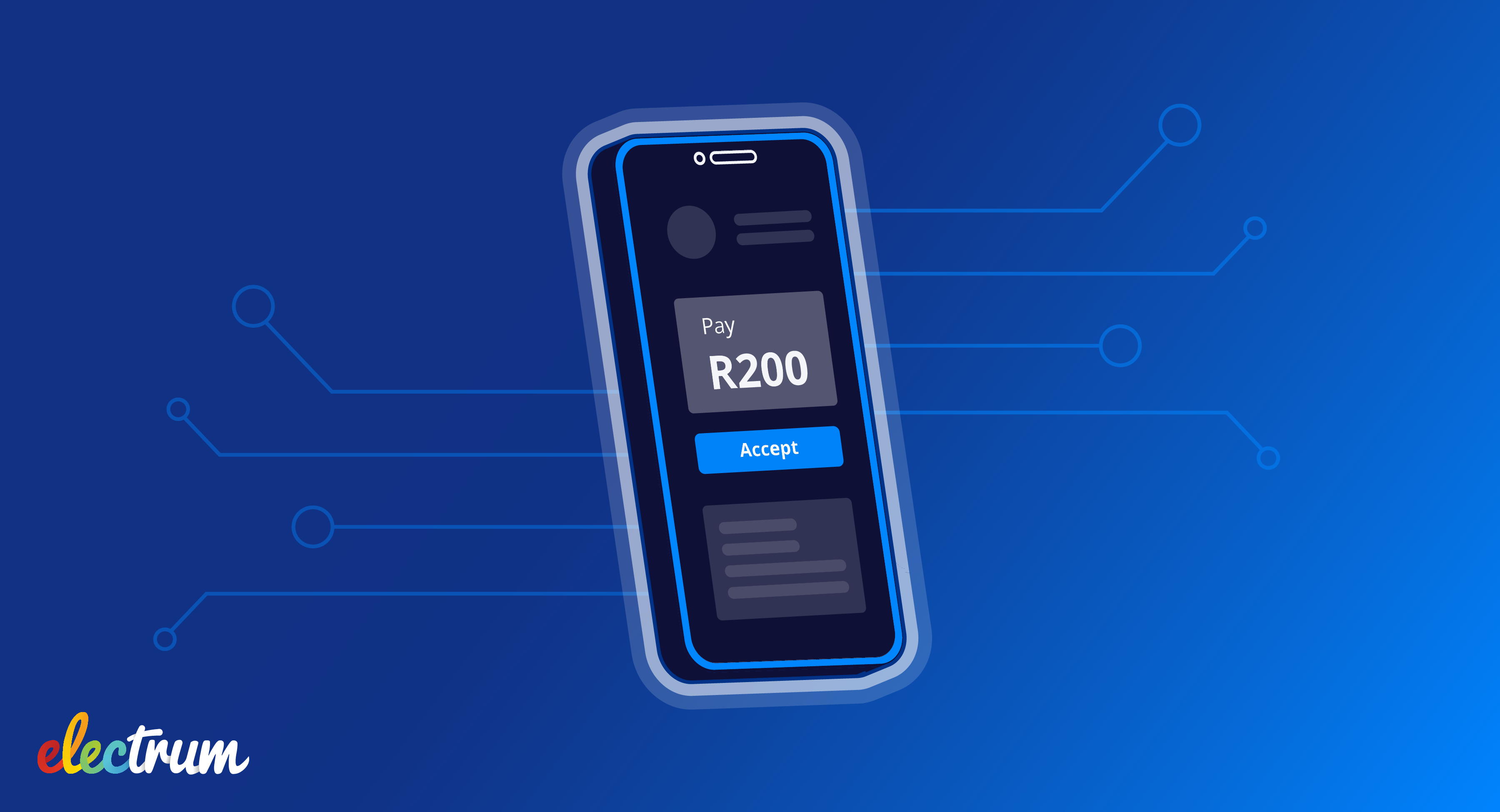
RTP is scheduled to be implemented into PayShap later this year. Participating banks need to understand how this functionality benefits both them and their customers and prepare for this new phase.
What is RTP?
Not to be confused with Real-Time Payments, Request-to-Pay (RTP) is a secure message sent from the payee (creditor) to the payer (debtor) to request a payment through a bank or third-party app. The functionality is widely used in the business-to-consumer (B2C) space and use cases include enabling merchants to request recurring payments, send payment reminders and receive instant payments when the consumer is billed.
RTP complements an instant payment scheme by simplifying and speeding up the payment collection process. For PayShap, this is the natural next phase to increase adoption as it enters its third year of implementation.
How does it work?
The request is sent through a secure channel and includes details of the requestor, amount, date, and reference information. When the payer receives the request on their secure channel, they can choose to accept, decline, or, if available, pay partially. Once the request is accepted, an instant payment is made from the payer to the payee's account.
RTP is built on ISO 20022 messaging standards which ensures interoperability with the underlying instant payment system and allows banks and fintechs to process data-rich transactions.
Merchants need RTP
First, merchants need tools to reduce declined, delayed and disputed payments to improve cash flow and reduce associated costs. RTP provides a straightforward way to collect payments without the pain that comes with traditional payments.
Second, accepted RTPs result in immediate settlements due to the transaction processing on the underlying instant payment scheme, PayShap. This frees up available cash flow and is more appealing than card and EFT payments which could take up to 3 to 4 days to reflect.
Lastly, the transaction processing fees should be more competitive than card payments. For example, Brazil’s PIX transaction fees for C2B payments are limited to 0.22% whereas debit card and credit card transaction fees can be up to 7 times higher.
South Africans will use RTP
About 50% of all digital payments in South Africa are contactless, indicating that consumers are ready to adopt an alternative way to complete contactless, instant payments. In cases where a direct transfer to a bank account is preferred, RTP skips the manual steps of collecting and entering the payee’s account details, making the transfer process more efficient.
RTP also helps limit contactless payment fraud. The message will be initiated and received through a secured and trusted app and the payer can decline unrecognised requests or hold them until they have reviewed the details with the payee. This provides consumers with better control over payouts from their accounts and can build more trust in digital payments.
PayShap enabled banks need to participate
Tying into the aforementioned points, trust is essential in retail banking. The uptake of PayShap may have been limited by a lack of consumer knowledge or trust. RTP could provide a new way to build trust in this payment method and increase the usage of your banking app.
On the other hand, you might argue that this functionality could challenge your existing merchant banking business. Offering POS services and participating in card schemes are revenue-generating activities for the bank. However, consider the risk of being left behind by a lucrative merchant market if a competitor offers cheaper and faster ways to settle cash. The change is inevitable; look at Brazil’s PIX and India’s UPI as examples.
Considering return on investment in the long term is important. Phase 1 of PayShap marked an important and costly initial step. However, a bank cannot afford to lag behind in RTP implementation while waiting for returns. Taking only partial steps risks losing market share to competitors and reducing revenue from transactions processed through your bank.
How can your bank win?
Banks and fintechs such as MTN Momo are making strides to compete in the instant payments scheme. Increase speed-to-market by partnering with local payment technology specialists to build, test and deploy your RTP infrastructure. This strategy allows you to allocate more resources to focus on what sets you apart in the market: the user experience of your banking app.
Electrum’s local rapid payments programme (RPP) expertise can help your bank take its PayShap solution to the next level. Contact us to explore how we can get you ready for RTP.

Kganya Molefe
Kganya is a freelance Content Writer based in Johannesburg with experience in African Payments. When she’s not writing, Kganya enjoys journaling the old-fashioned way, listening to podcasts during her long walks, and passionately discussing the importance of low-cost, real-time, pan-African payment solutions with her friends and family.
Electrum Newsletter
Quarterly insights and news to help you keep up with the latest changes in the payments landscape







